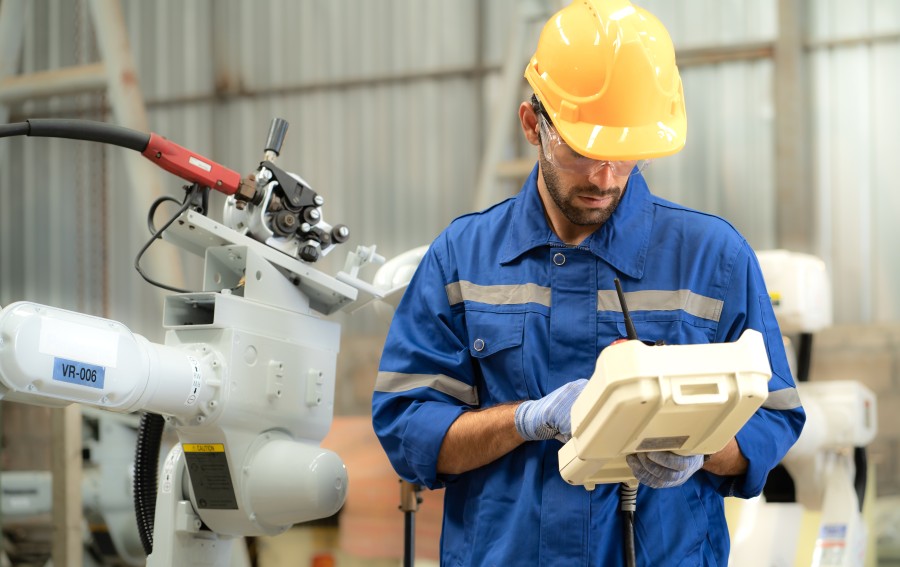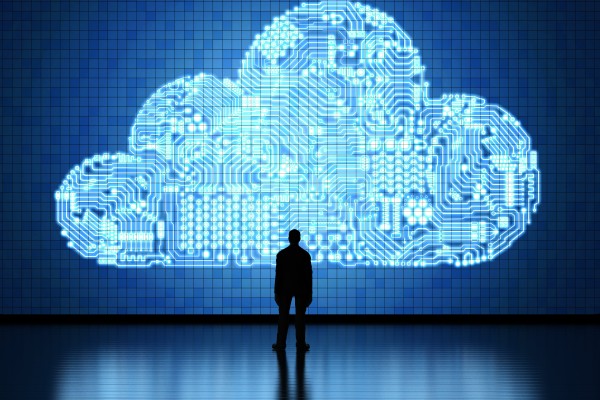Machine Learning
One of the key drivers of this transformation is machine learning, a form of AI that allows computer systems to automatically learn and improve from experience without being explicitly programmed. Machine learning is being used in a wide range of industries to automate tasks, reduce costs, and improve efficiency.
- In finance, machine learning is being used for fraud detection and risk analysis.
- In manufacturing, machine learning is being used to optimize supply chain management and predictive maintenance.
- In healthcare, machine learning is being used for medical diagnosis and personalized treatment.
Robotics
Another important technology is robotics, which is being used in manufacturing and other industries to automate physical tasks that are repetitive, dangerous, or difficult for humans to perform. This not only improves efficiency but also reduces the risk of workplace injuries and accidents.
- In the automotive industry, robots are used for assembly and painting of vehicles.
- In the construction industry, robots are used for tasks such as bricklaying and welding.
- In the healthcare industry, robots are used for surgery and patient care.

Natural Language Processing
Natural language processing is another form of AI that is being used in industries such as finance and healthcare to analyze and understand human language. This technology is helping to automate tasks such as customer service and medical diagnosis, freeing up human workers to focus on more complex and creative tasks.
- In finance, natural language processing is being used for sentiment analysis and fraud detection.
- In healthcare, natural language processing is being used for medical diagnosis and patient monitoring.
- In customer service, natural language processing is being used for chatbots and voice assistants.
Examples
Here are some examples of companies that are already successfully using AI and automation:
- Amazon: Amazon uses robots in its warehouses to ship goods faster and more efficiently.
- JP Morgan: JP Morgan uses AI technologies to minimize risks in finance and improve decision-making.
- BMW: BMW uses AI technologies in its manufacturing processes to increase efficiency and minimize errors.
- Accenture: Accenture uses AI-based analytics to improve its marketing strategies and build better customer relationships.
Impact on the Workforce
As AI and automation continue to transform industries, the impact on the workforce is also becoming increasingly clear. Some jobs are being automated, while others are being created that require new skills and abilities. This means that workers will need to adapt and acquire new skills to stay relevant in the workforce of the future.
Opportunities and Strategies for Businesses
However, there are also opportunities for workers in the form of increased safety, job satisfaction, and higher wages for skilled workers. Businesses that embrace AI and automation can also benefit from increased productivity, better customer service, and new revenue streams.
To capitalize on these opportunities, businesses can use a variety of strategies such as:
- Developing in-house AI capabilities.
- Partnering with AI vendors.
- Investing in employee reskilling and upskilling programs.
By doing so, they can stay competitive and prepare for the future of work.
In conclusion, the future of work is being shaped by the power of AI and automation. By understanding the technologies that are driving this transformation and the impact on the workforce, businesses can take advantage of the opportunities that are emerging and prepare for the challenges that lie ahead.
Quickscout
Looking for suitable
technology providers?
Start scouting!







